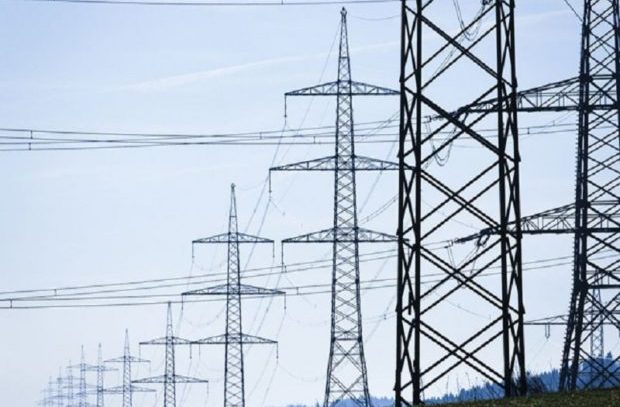
NGCP power lines (File photo from the Philippine Daily Inquirer)
The country’s sole power grid operator on Friday admitted that delayed transmission projects could have improved the grid system and prevented recent and widespread power outages.
“The projects could have improved the system, but again, that is only one part of the system. [There are] many opportunities to avoid disturbances,” said lawyer Cynthia Alabanza, spokesperson for the National Grid Corp. of the Philippines (NGCP).
Alabanza was referring to the delayed Mindanao-Visayas Interconnection Project (MVIP), the Cebu-Negros-Panay interconnection project, and the Hermosa-San Jose line in Bataan province.
The P52-billion MVIP came online earlier this month, but only had an initial load of 22.5 megawatts (MW) for the grid.
It is not expected to operate at its full 450-MW capacity until July when the NGCP completes additional transmission lines.Alabanza explained that the power interruptions that lasted up to two hours on May 8 were due to the tripping, or shutting down, of the Bolo-Masinloc transmission line, which cut supply from a power plant in Zambales.
The NGCP earlier said thunderstorms and lightning hit transmission lines on Monday afternoon, causing the shutdown.
Project timelines were also affected by other factors, including right of way, government permits and restrictions triggered by the COVID-19 pandemic, she added.
“[But] we are committed to finish [the delayed projects] within the next few months, so we can help strengthen the power system,” she said. “But again, we can only commit to developing our part, but the whole energy supply chain needs to be resilient.”
At the same time, the NGCP said separately that it welcomed regulatory and performance audits conducted by the Energy Regulatory Commission.